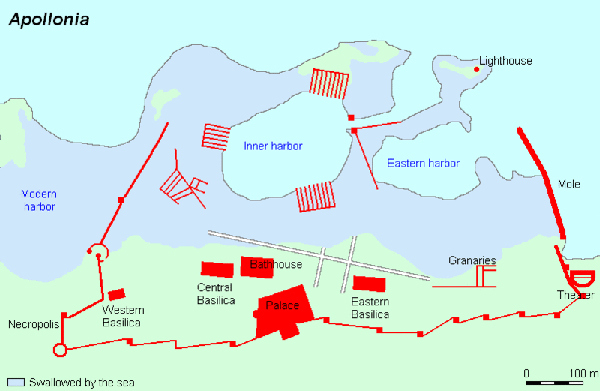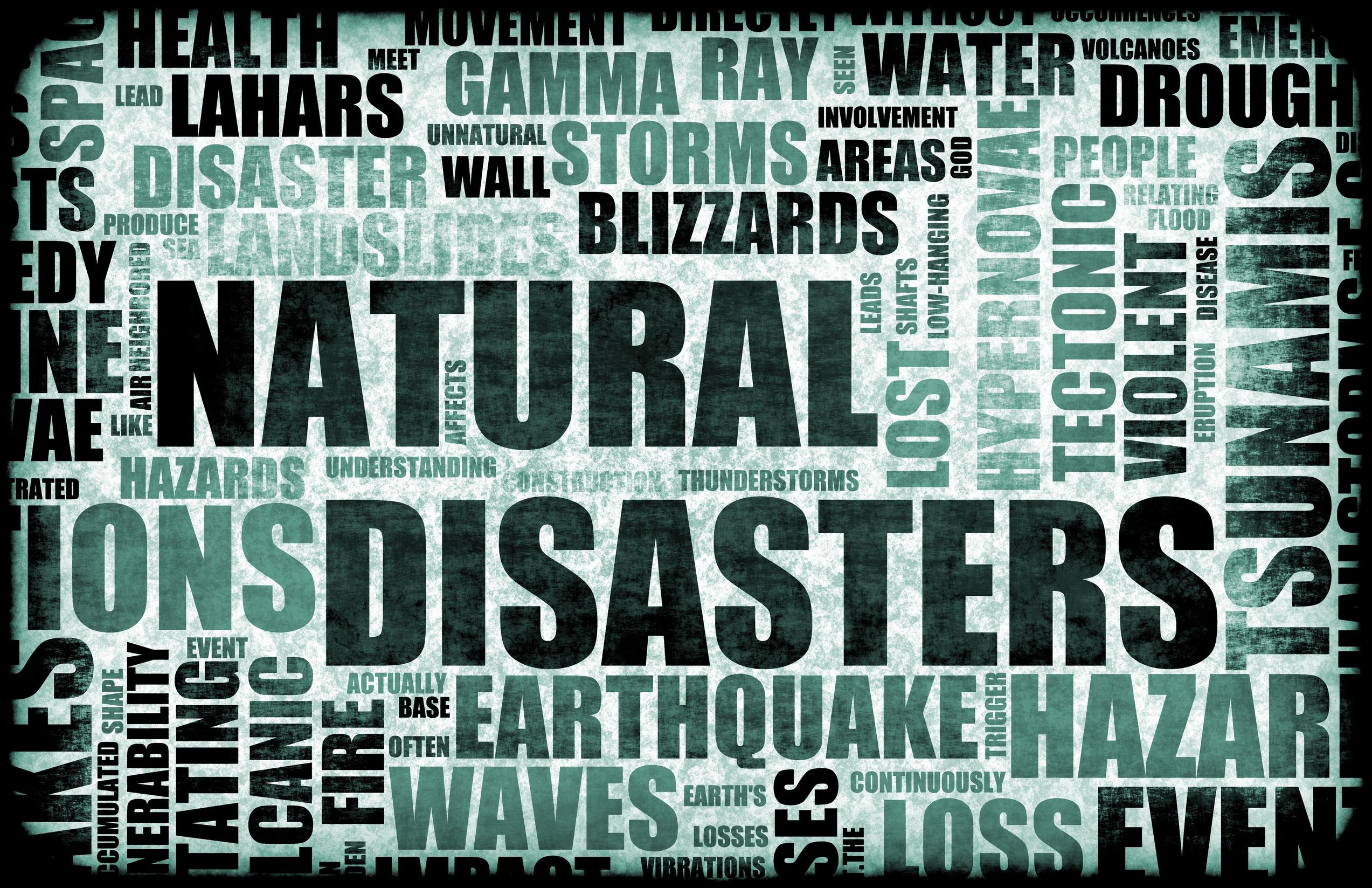Coastal Hazards
Coastal Hazards: are physical phenomena that expose a coastal area to risk of property damage, loss of life and environmental degradation.
Coastal Hazards in Egypt
"The Egyptian Mediterranean coast was examined for the vulnerability to sea-level rise using the coastal vulnerability index (CVI), which was derived from the geological and physical characteristics of the coast." From what I read on this website, it says that although the coast is under low tide and low height tide waves that is still had the potentially to have severe coastal high tide, leaving tons of people in danger. The Egyptian coastlines extend from the Mediterranean to the Red Sea. "The coastal zones of Egypt faces many problems, such as shoreline erosion, deterioration of coastal lagoons, excessive land use, pollution from oil industry and transport, and the anticipated sea-level rise." Even though it isn't happening at this very moment, Egypt does have the potential to have rising sea levels that could be very dangerous. This map shows how it has changed so much over the years. There has also been a lot of coastal erosion from 1968 on the tip of the Nile.
Prevention
Sadly, Egypt doesn't have a lot of preventions for their country. With every hazard I've researched in Egypt, I have found very little in what they do to prevent things from happening. Or even to help prepare for a natural disaster or hazard. It kind of makes me sad that they haven't really found anything to help everyone out in their country. But, I do hope that in time, they find something to help with their preventions of the hazards. They need to have safety for the people in their country, and to help global warming. This is what is causing all of this coastal rising, even if people don't think global warming is a thing.





